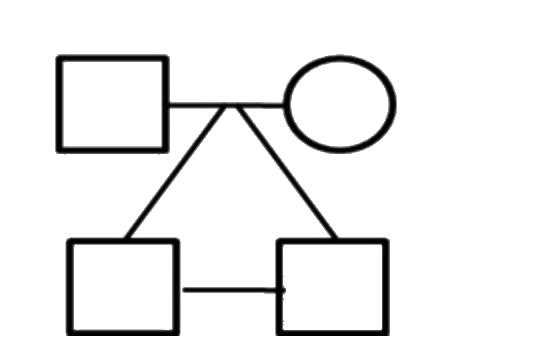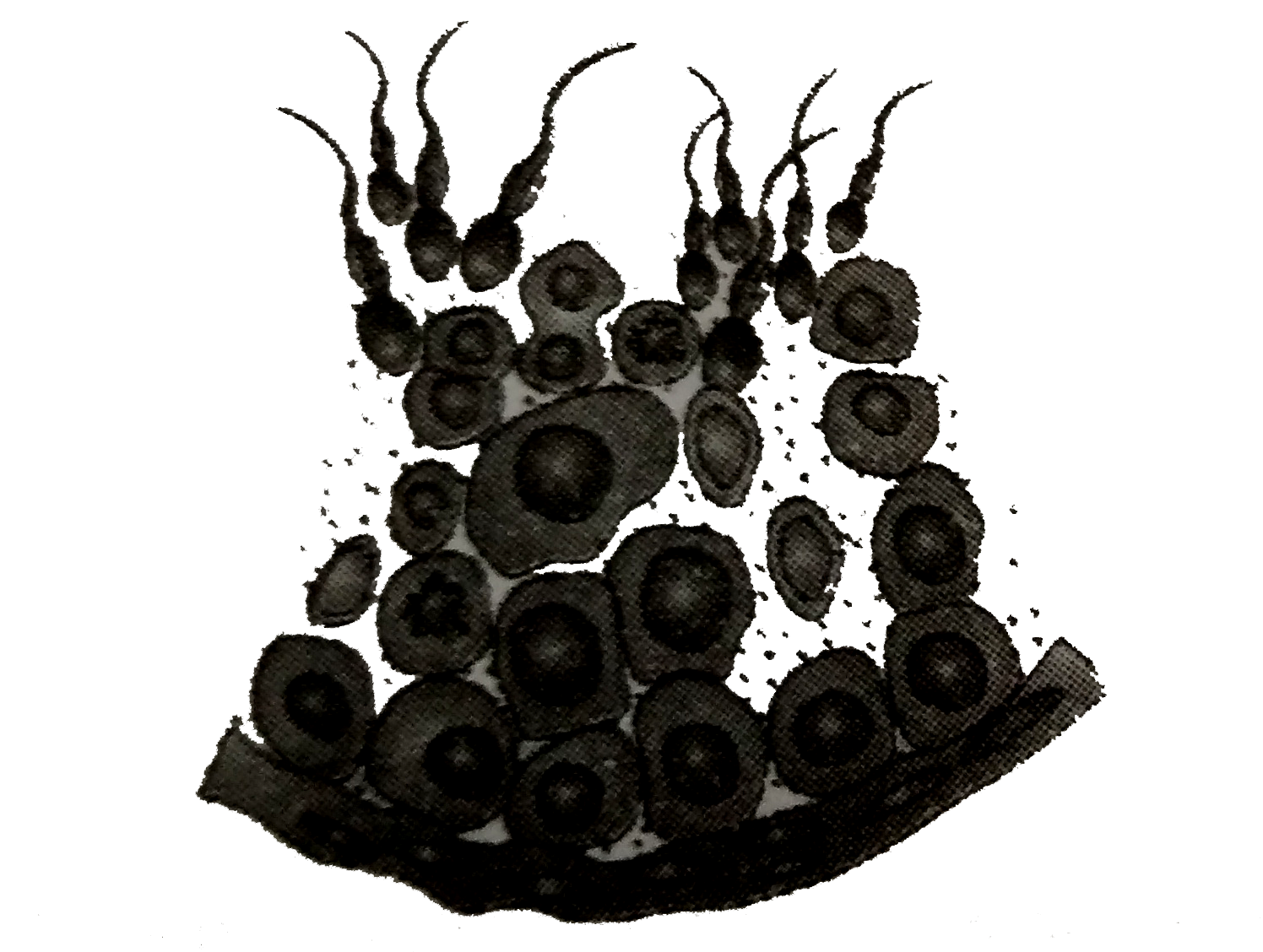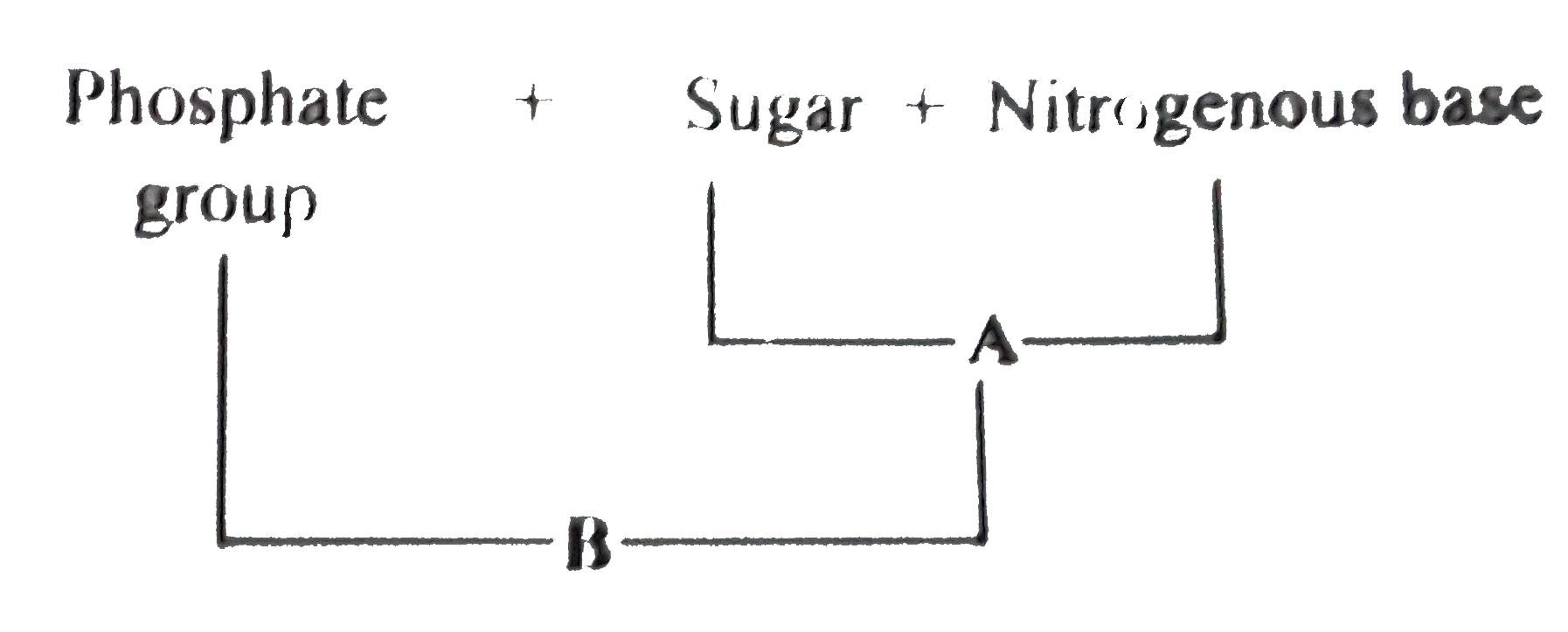What does ΔG=0 represent ?
To understand what ΔG=0 represents, we can break down the concept into a few steps:
Step 1: Understand Gibbs Free Energy
Gibbs free energy (G) is a thermodynamic potential that helps predict the direction of chemical reactions and the equilibrium position. It combines the system's enthalpy and entropy to determine the maximum reversible work that can be performed at constant temperature and pressure.
Step 2: The Gibbs Free Energy Change (ΔG)
The change in Gibbs free energy (ΔG) for a process is defined as:
ΔG=Gfinal−Ginitial
Where:
- Gfinal is the Gibbs free energy of the products.
- Ginitial is the Gibbs free energy of the reactants.
Step 3: Equilibrium Condition
When ΔG=0, it indicates that there is no net change in the Gibbs free energy of the system. This condition occurs when the system is at equilibrium. At this point, the forward and reverse reactions occur at the same rate, and the concentrations of reactants and products remain constant.
Step 4: Implications of ΔG=0
At equilibrium (ΔG=0):
- The system is in a stable state, meaning there is no driving force for the reaction to proceed in either direction.
- The system is unable to perform any useful work, as there is no energy gradient to exploit.
Conclusion
Thus, ΔG=0 represents the state of equilibrium in a chemical reaction, where the system has reached a balance and cannot do any useful work.
---
Gibbs free energy (G) is a thermodynamic potential that helps predict the direction of chemical reactions and the equilibrium position. It combines the system's enthalpy and entropy to determine the maximum reversible work that can be performed at constant temperature and pressure.
The change in Gibbs free energy (ΔG) for a process is defined as:
ΔG=Gfinal−Ginitial
Where:
- Gfinal is the Gibbs free energy of the products.
- Ginitial is the Gibbs free energy of the reactants.
When ΔG=0, it indicates that there is no net change in the Gibbs free energy of the system. This condition occurs when the system is at equilibrium. At this point, the forward and reverse reactions occur at the same rate, and the concentrations of reactants and products remain constant.
At equilibrium (ΔG=0):
- The system is in a stable state, meaning there is no driving force for the reaction to proceed in either direction.
- The system is unable to perform any useful work, as there is no energy gradient to exploit.
Thus, ΔG=0 represents the state of equilibrium in a chemical reaction, where the system has reached a balance and cannot do any useful work.
Topper's Solved these Questions
- BOOK - VMC MODULES ENGLISHCHAPTER - CHEMICAL THERMODYNAMICS EXERCISE - IN - CHAPTER EXERCISE - A9videos
CHEMICAL THERMODYNAMICS
- BOOK - VMC MODULES ENGLISHCHAPTER - CHEMICAL THERMODYNAMICS EXERCISE - IN - CHAPTER EXERCISE - B10videos
CHEMICAL THERMODYNAMICS
- BOOK - VMC MODULES ENGLISHCHAPTER - CHEMICAL THERMODYNAMICS EXERCISE - SOLVED EXAMPLES19videos
CHEMICAL THERMODYNAMICS
- BOOK - VMC MODULES ENGLISHCHAPTER - CHEMICAL KINETICS EXERCISE - JEE Advanced (Archive)52videos
CHEMICAL KINETICS
- BOOK - VMC MODULES ENGLISHCHAPTER - CLASSIFICATION OF ELEMENTS AND PERIODICITY IN PROPERTIES EXERCISE - JEE ADVANCE (ARCHIVE)30videos
CLASSIFICATION OF ELEMENTS AND PERIODICITY IN PROPERTIES
Similar Questions
Knowledge Check
- Question 1 - Select One
What does this graph not represent a function ?
A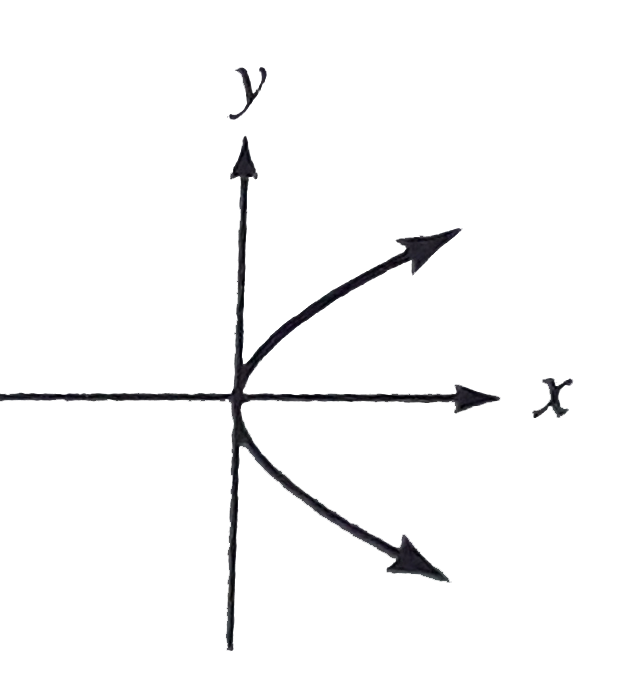 B
B C
C D
D
- Question 2 - Select One
What does A, B and C represent in the given figure of a chromosome ?
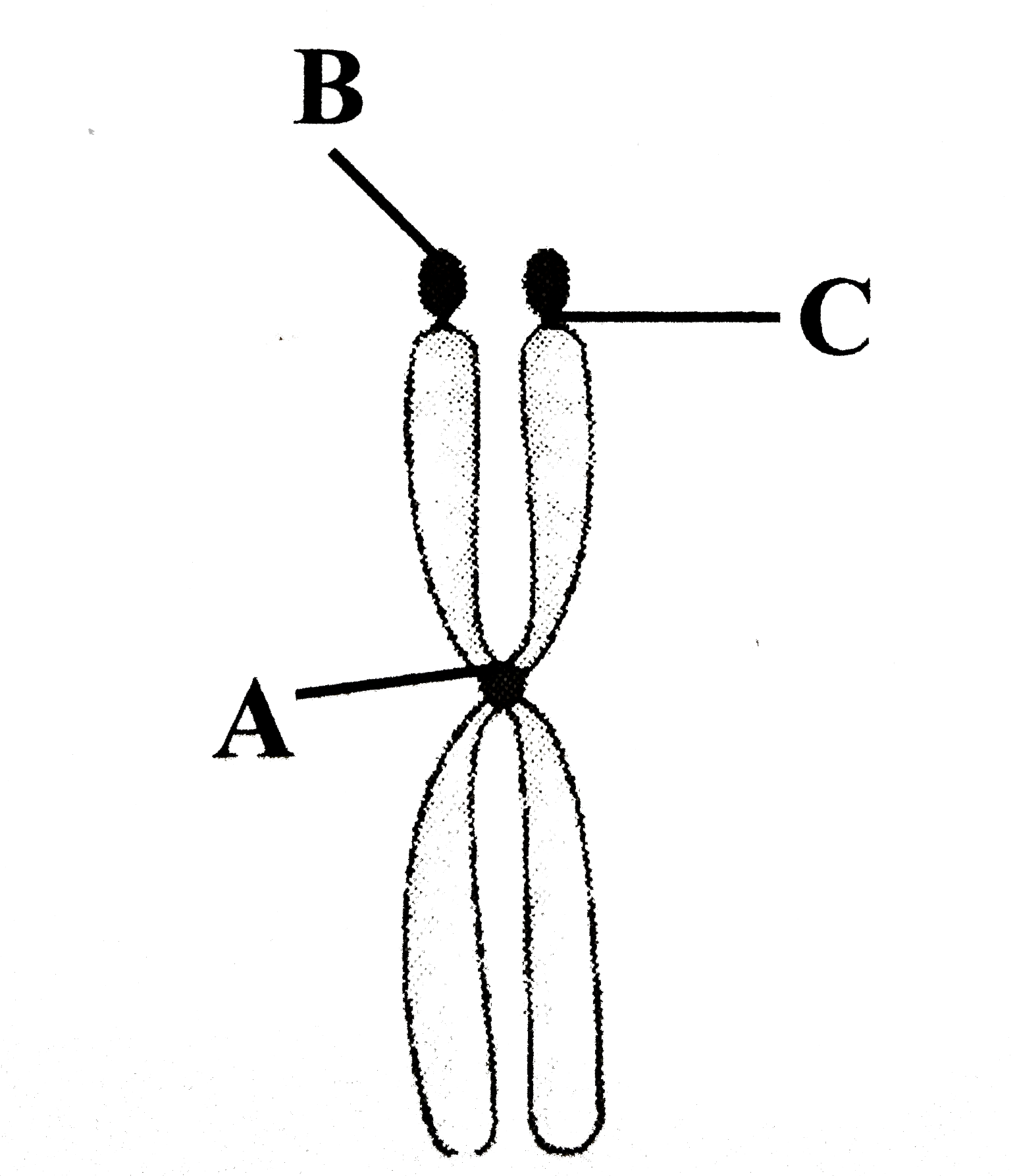 A A B CCentrioleSatellitePrimary constrictionB A B CCentrioleSatelliteSecondary constrictionC A B CCentrometreSatelliteSecondary constrictionD A B CCentrometreSatellitePrimary constriction
A A B CCentrioleSatellitePrimary constrictionB A B CCentrioleSatelliteSecondary constrictionC A B CCentrometreSatelliteSecondary constrictionD A B CCentrometreSatellitePrimary constriction - Question 3 - Select One
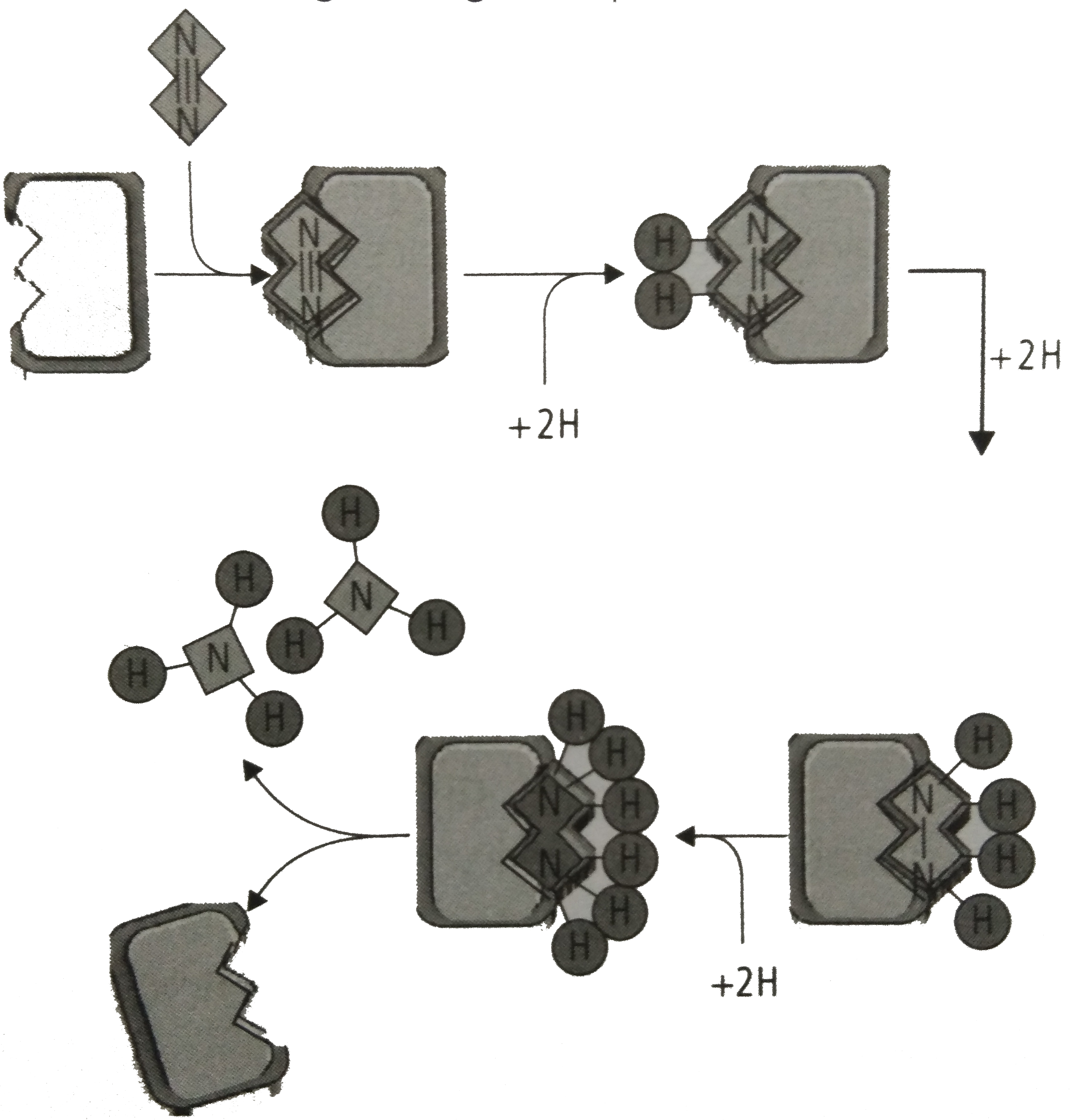
What does the given figure represent?ANitrogen fixationBDenitrificationCAmmonificationDNitrification


